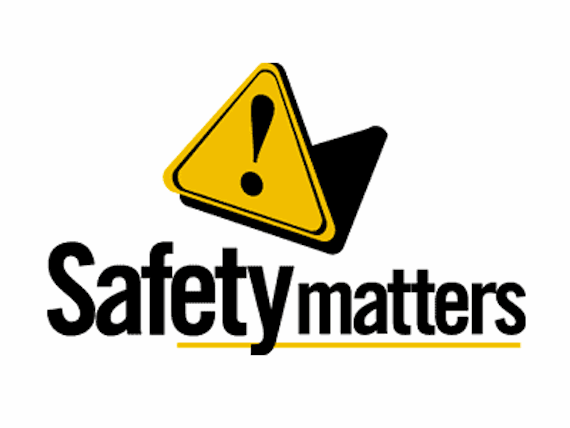

In organisational psychology, the belief-attitude-value system determines the likelihood that people will accept a message (e.g. workplace safety) and act accordingly based on three psychological dimensions:
1. People’s beliefs (the cognitive dimension): what a person knows to be true, our convictions.
2. People’s attitudes (the affective dimension): how they feel, a particular perspective or position on something.
3. People’s actions (the behavioural dimension): the probability that people will act in accordance with their attitudes and beliefs.
So why are safety attitudes important and how do we learn about them in our workplaces?
Attitudes evaluate and express an opinion on an issue like workplace safety, whether positively or negatively, and are based on actual experiences. Therefore attitudes can be expected to change as a function of experiences and it is here that developing a workplace safety culture can have an impact. In communicating and providing experiences of positive workplace safety behaviour, we can have an impact on the people’s attitudes towards safety.
When poor attitudes to safety need to change into positive attitudes towards safety, the motivation behind the attitude also needs to change. (Note: this is not the only way to change attitudes, but it is an important one.) If you seek to change the motivations which maintain a person’s beliefs about safety (e.g. the motivator: ‘the boss doesn’t listen to my complaints about safety problems and people can get hurt’ and the belief: ‘the company puts production before our safety’) and if you can show the difference between attitudes, or between attitudes and behaviour, you have the opportunity to change the motivations which keep people stuck in their poor safety attitudes.
Attitude change
Attitude change may take place when compliance (with peer expectations), identification (a desire to be like someone we admire) or internalisation (change in belief when intrinsic rewards exist) occur.
Renowned psychologist Carl Jung defines attitude as a ‘readiness of the psyche to act or react in a certain way’ (Jung, 1921). Attitudes very often come in pairs, one conscious and the other unconscious. Within this broad definition Jung defines several attitudes.
Applying this to workplace safety, we try to move our conscious behaviours and experiences of workplace safety into our unconscious, making workplace safety an intrinsic mindset and attitude. Similarly there may be unconscious and unsafe behaviours which need to be brought to the consciousness in order for them to be addressed.
Practical implementation
Surveying the workforce to determine attitudes to workplace health and safety is a useful step in the workplace safety culture change process, as this can help direct resources. The aim is for safety to become a subconscious behaviour, just like the way we switch on a light when we enter a room, it needs to become behavioural.
Understanding peoples’ attitudes to safety is an important start. Then, change can occur by focusing on the positive and reinforcing it. Positive safety culture, commitment from management, communication, consultation, surveys, programs, inspections, audits, job safety analysis, training, employee involvement, etc are just some of the activities that can be implemented which can result in this attitude shift and create a positive workplace culture.
Information for this article was sourced from www.workplaceohs.com.au . For more information on contact MLA Complete Forklift Solutions on 131 652 or www.oemmlaholdings.com.
Download PDF here








